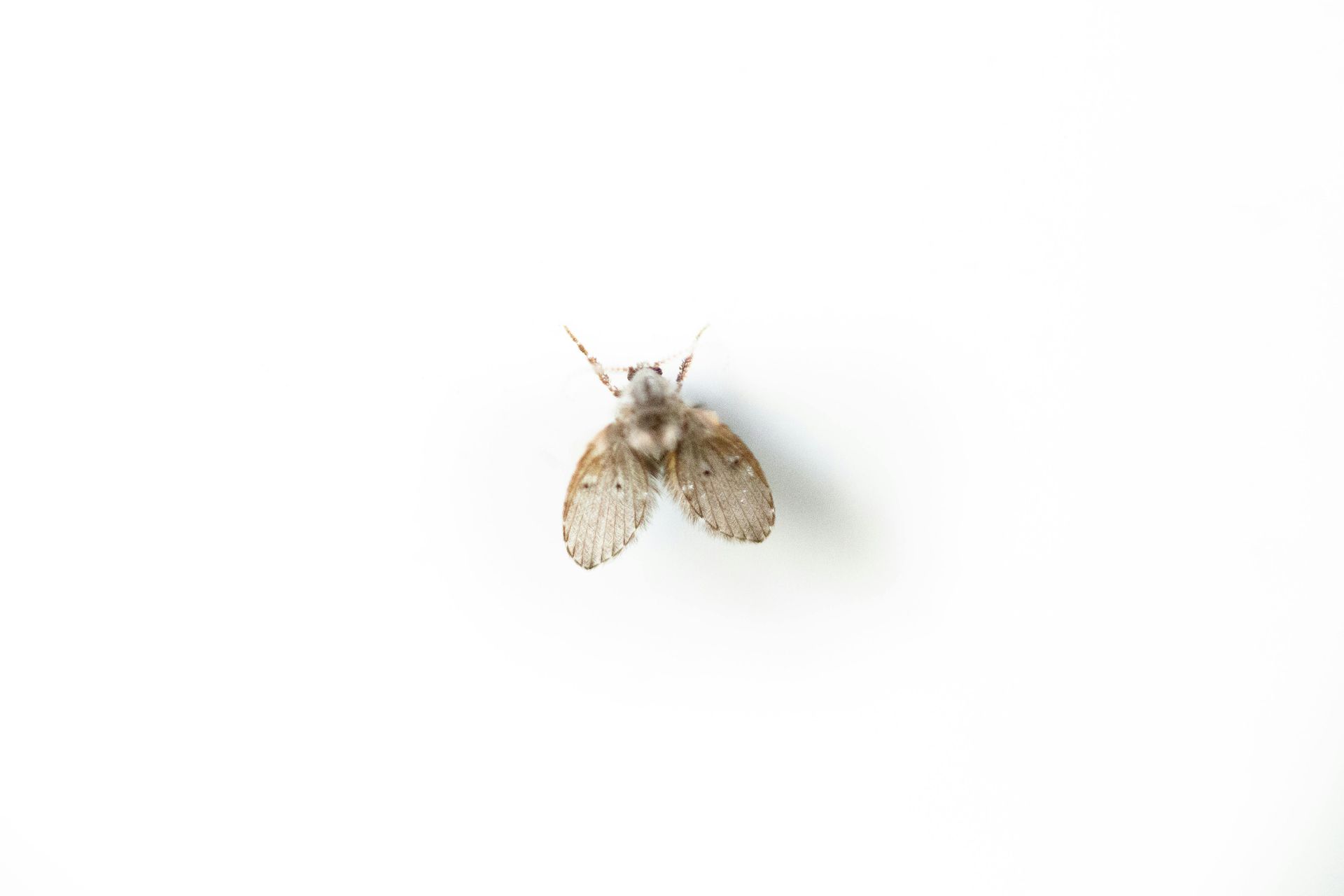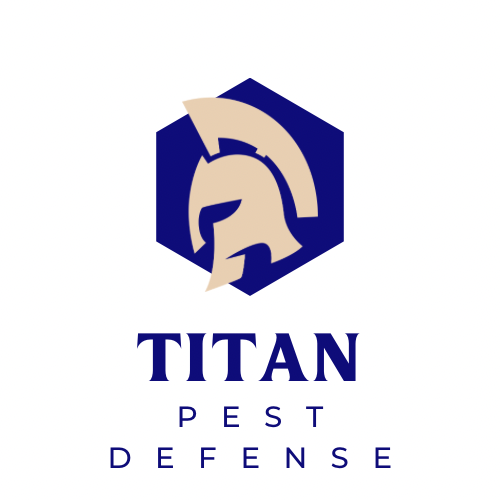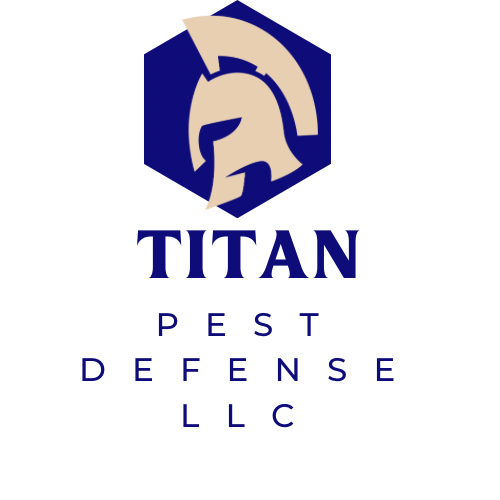How to Get Rid of Bathroom Flies for Good
If you’ve noticed tiny black flies hovering near your sink, shower drain, or toilet, you’re not alone. These pesky insects—often called drain flies or bathroom flies—are a common nuisance in North Texas homes, including those in Lewisville and surrounding areas. While they don’t bite or sting, their presence is unsanitary and signals underlying plumbing or moisture issues.
At
Titan Pest Defense, we believe pest control starts with understanding the source. In this post, we’ll explain what bathroom flies are, why they show up, and most importantly—how to get rid of them for good.

What Are Bathroom Flies?
Bathroom flies (also known as drain flies, moth flies, or sewer gnats) are small, fuzzy-looking insects about 1/8 inch long. Their wings are rounded and often resemble tiny moths. You’ll usually see them:
- Resting on bathroom tiles or walls
- Flying in slow, zigzag patterns
- Hovering around drains or damp areas
While they aren’t harmful to humans, large populations can indicate drain buildup or stagnant water where bacteria and organic debris are accumulating.
What Causes Drain Flies in the Bathroom?
Drain flies lay their eggs in the moist organic matter that builds up in sink and shower drains. A single female can lay up to 100 eggs at a time, which hatch within 48 hours. In 7–10 days, you can go from a few flies to a full infestation.
Common sources include:
- Clogged or slow drains
- Organic buildup (soap scum, hair, grime)
- Leaky plumbing
- Floor drains that dry out and trap debris
- Condensation from toilets or pipes
The EPA explains that moisture control is key in preventing pest problems, including flies. For more, visit the EPA’s guide to controlling pests.
How to Get Rid of Bathroom Flies
Here’s a proven, step-by-step approach to eliminating bathroom flies:
1.
Identify the Source
Start by covering each bathroom drain with a piece of clear plastic wrap overnight. If flies appear on the underside in the morning, you’ve found their breeding site.
2.
Clean the Drains Thoroughly
Most infestations start in the drain’s slimy organic buildup. To break the life cycle:
- Remove the drain cover and use a brush or drain snake to scrub inside.
- Pour boiling water down the drain (if your pipes can handle it).
- Follow with a baking soda and vinegar mix to break up grime (1/2 cup baking soda + 1 cup vinegar).
Use an enzyme-based drain cleaner like Bio-Clean or one recommended by Texas A&M AgriLife Extension. Avoid harsh chemicals that can damage plumbing.
3.
Fix Moisture Issues
- Check for leaks around the toilet, shower, or sink.
- Use a dehumidifier if the bathroom is humid.
- Run the exhaust fan after every shower to keep moisture levels down.
4.
Clean Nearby Surfaces
Wipe down walls, tiles, and bathroom surfaces where flies might rest. Their fuzzy bodies easily trap bacteria, so regular cleaning is key.
5.
Use Fly Traps (If Needed)
If you’re still seeing adult flies, place sticky traps near the sink or toilet. You can also DIY a trap using a jar with apple cider vinegar and a few drops of dish soap.
Why DIY May Not Be Enough
While DIY methods can work for small infestations, larger or recurring problems may indicate deeper plumbing issues or more widespread pest activity. If you’ve cleaned your drains and flies keep returning, it’s time to call in the professionals.
At Titan Pest Defense, we offer in-depth inspections to find hidden moisture sources and pest breeding sites. Our technicians are trained to treat bathrooms safely and effectively while preventing future infestations.
We also encourage homeowners to visit our Pest Library to learn more about common invaders in North Texas, including gnats, fruit flies, fungus gnats, and other small flying insects that can be confused with drain flies.
How to Prevent Bathroom Flies Long-Term
Once you’ve gotten rid of them, here’s how to keep them from coming back:
- Run water in all unused drains at least once a week
- Clean your drains monthly using enzyme cleaners
- Install drain screens to catch hair and debris
- Repair any leaks or broken seals around toilets and sinks
- Keep your bathroom well-ventilated and dry
These steps don’t just help with flies—they also reduce the risk of mold, mildew, and other pests like cockroaches and silverfish, which thrive in damp environments.
Final Thoughts: Take Back Your Bathroom
Bathroom flies may be tiny, but they’re a big nuisance when left untreated. With the right combination of cleaning, moisture control, and professional treatment, you can enjoy a clean, pest-free space again.
If you’re dealing with a persistent fly problem in your Lewisville home, don’t wait—contact Titan Pest Defense today for a fast and effective solution backed by expert care.




